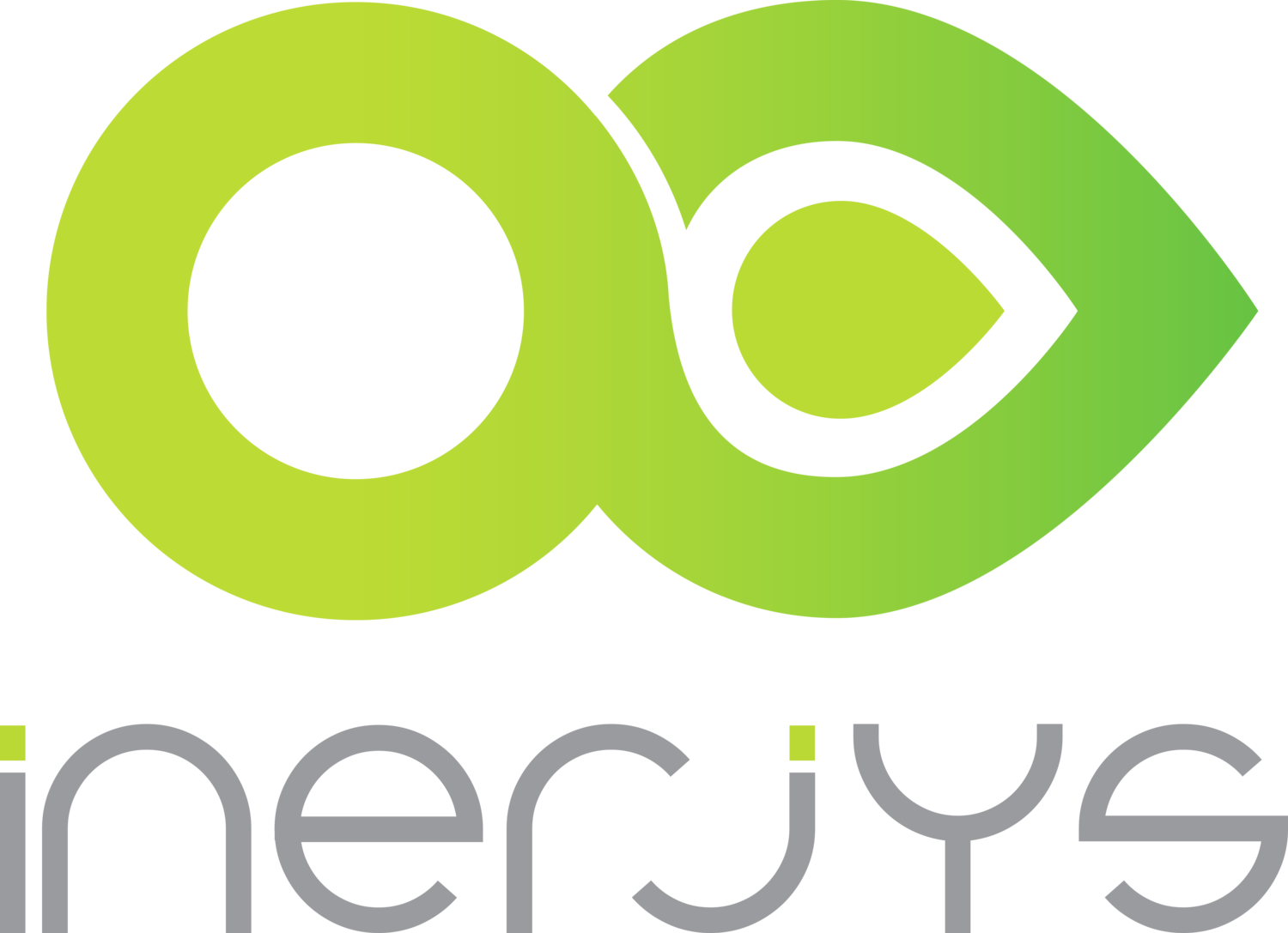Design for the Future
Design thinking
There is a lot of discussion about Design-led companies. This new business mindset has not only proven itself as a viable way to approach product and service design, but also a way to beat competition. A 2018 report from McKinsey & Company, The Business Value of Design, demonstrated that design thinking creates competitive advantages for organizations and leads to superior business performance.
As an avid consumer and a seasoned Marketing Professional, I'm not surprised by the insights in the report. But it's always nice to have data to support what you believe. We've seen companies like Apple grow because of their product design, or services like Uber take off because their experience design provided unique value with a low barrier of entry for its paying customers. But design-thinking goes further than leading to good product and service design. It also has long-term and less obvious business benefits.
“When you do the common things in life in an uncommon way, you will command the attention of the world.”
— George Washington Carver
Designing with our planet in mind
When I read news like ALDI's recent announcement that all packaging will be reusable, recyclable or compostable by 2025, I am both pleased to see corporations turning up the pressure on their suppliers, and disappointed with the weak targets put in place due to the slow (or lack of) action from businesses. A short-sighted business owner may look at this pressure as a nuisance. Having to redesign their packaging because their customer is forcing their hand, incurring the expense of researching new materials and bearing the cost of potentially losing some packaging inventory - may all seem to have negative business impact. It takes vision to see beyond these short-term expenses, and it takes confident leadership to drive that change forward.
Surprisingly, some critics go as far as to chastise the Canada Single-Use Plastics Ban, arguing for example that replacing a plastic bag with a reusable bag is no improvement. I guess that's what happens when the critics fail to apply design-thinking to their own arguments. What if we didn't replace plastic at all and simply removed it from the equation?
This recent design improvement from Corona, the interlocking can, completely eliminates the need for plastic rings. This design change not only puts them in a good standing with their customers from a corporate responsibility perspective, it will drive sales. I am willing to bet that their next ad campaign will not be featuring their light bubbly delicious beer, or a gorgeous bod on a white sandy beach, but rather their new can.
I refuse to allow the critics to keep us in the past, because our current alternatives are not good enough. Pushing our industries to think about the planet, will create demand for new innovations and alternatives. This doesn't just apply to plastic bags, it applies to problems big and small, across industries.
Bigger changes are starting to take place
I recently wrote about McDonalds, and challenged them to think more sustainably. Not that my little blog post had anything to do with this, but I was pleased to see the recent announcement that McDonalds will be launching its first "green concept restaurant" as part of its sustainability journey . This embodies two important attributes of design thinking. First, they are thinking about a greater brand purpose and using design to reach it, and second, they are applying the right design-thinking methodologies by testing the concept out in a few locations and then scaling and optimizing it iteratively. If you are trying to change your business in one fell swoop, setting loose targets like 2025 is a necessity. If you are doing it iteratively, you can be sure to get there faster and with better results. And to those that think that it's easy for McDonalds because they can afford it, I say that they can't afford not to.
There are new initiatives like Loop, which represents a coalition of brands moving towards zero-waste packaging, but this idea applies to so much more than just product packaging. With a truly design-led business, and a long-term purpose-driven vision, I believe we are just starting to see a glimpse of what is to come.
We are seeing positive movement where consumer awareness is high. Many of the examples I have used are focused on single-use-plastics and packaging, because that's where the consumer pressure is today. However the opportunity to apply design thinking to your business goes far beyond these examples, and does not need to wait for consumers to start shouting in the streets.
Taking a design-led approach to improving your product or technology will not only improve your bottom line by making your product better, it will allow you to solve for greater challenges and make your business more future-proof. Consumer demand for responsible and climate positive products is rising fast.
Mickael Kanfi
operating partner
Mick brings 18 years of professional services experience to Inerjys and is responsible for both operations, marketing and helping portfolio companies with their commercialization challenges. Mick founded Twist Image in 2000, grew it to one of the largest Digital Marketing agencies in Canada which was later acquired by WPP in 2014. Throughout his career, Mick has worked with Fortune 500 companies in developing business strategies, marketing plans and helping them transform their businesses into the digital age.


